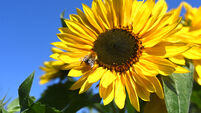Tinsel, traps, and teamwork: How experts uncovered major Asian hornet nest in Cork City
It’s been a month of monitored traps, international and cross-country cooperation, watching and waiting — and tinsel.
The alert began when a photograph of an Asian hornet was sent to the National Biodiversity Data Centre (NBDC) on July 31. The picture was taken in a Cork city beer garden.
This prompted immediate action from the National Parks and Wildlife Service (NPWS), which set up traps within 500m of the Douglas Street sighting.
Members of the Irish Beekeepers' Association (IBA) also set up monitoring traps within a 2.5km radius to cover the typical forage area of Asian hornets. (Two kilometres is the norm, but they can travel up to 2.5km).
The operation formed part of a wider initiative by Ireland’s principal beekeeping organisations, which earlier this year established a high-level Asian Hornet Response Group, spearheaded by the IBA and chaired by Brian Grzymek of the Ulster Beekeepers' Association. The group also includes representatives from the Federation of Irish Beekeepers Associations, the Irish Bee Foundation, and the Native Irish Honeybee Society, and has been advocating for urgent preparedness on both sides of the border.
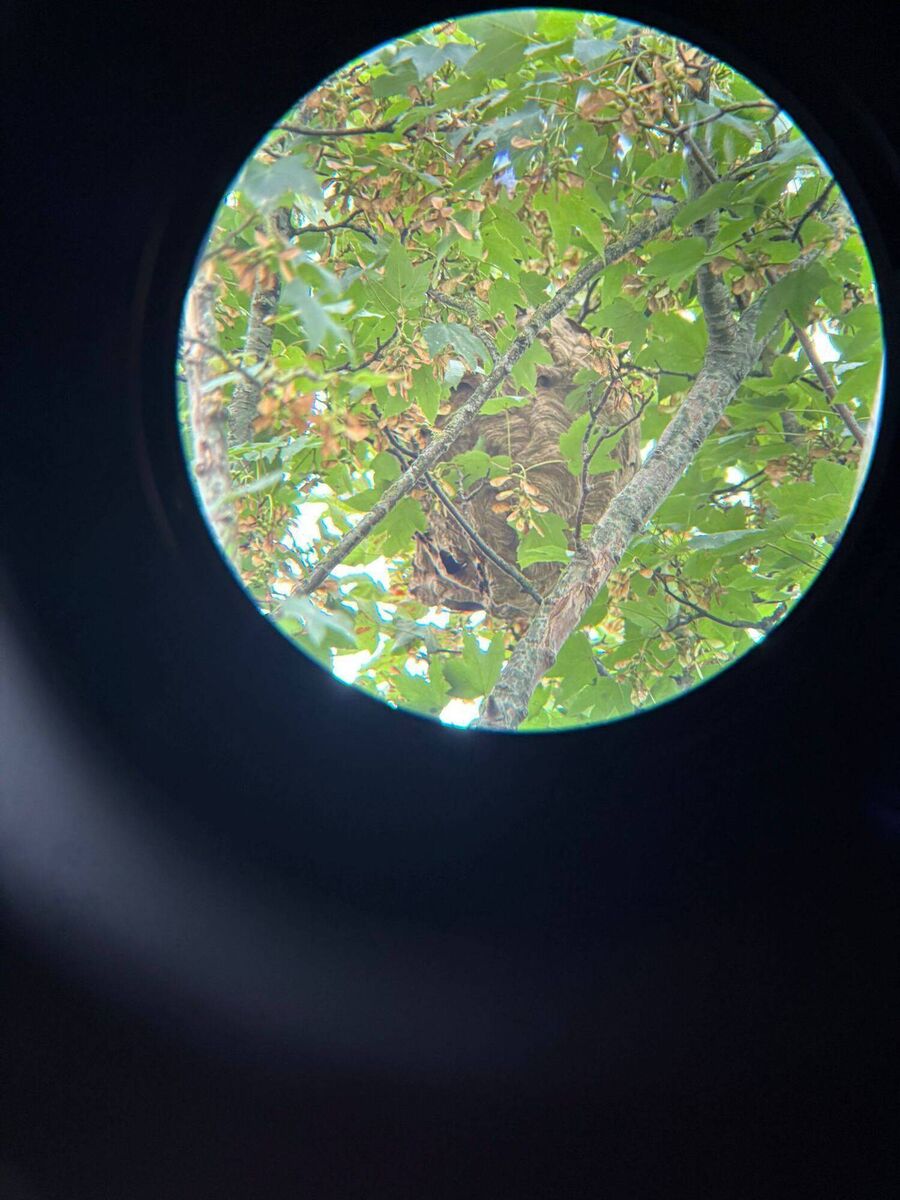
The late July sighting marked a pivotal moment in Ireland's ongoing efforts to prevent the establishment of this highly invasive species.
In Cork, Irish Beekeepers' Association members deployed 30 specially adapted live traps, converting kill traps to allow native insects to escape while still capturing hornets. These traps were strategically placed across city quadrants, beginning with the southwest, at locations including St Finbarr's Hospital and the roof of Cork City Hall, and monitored daily by beekeepers.
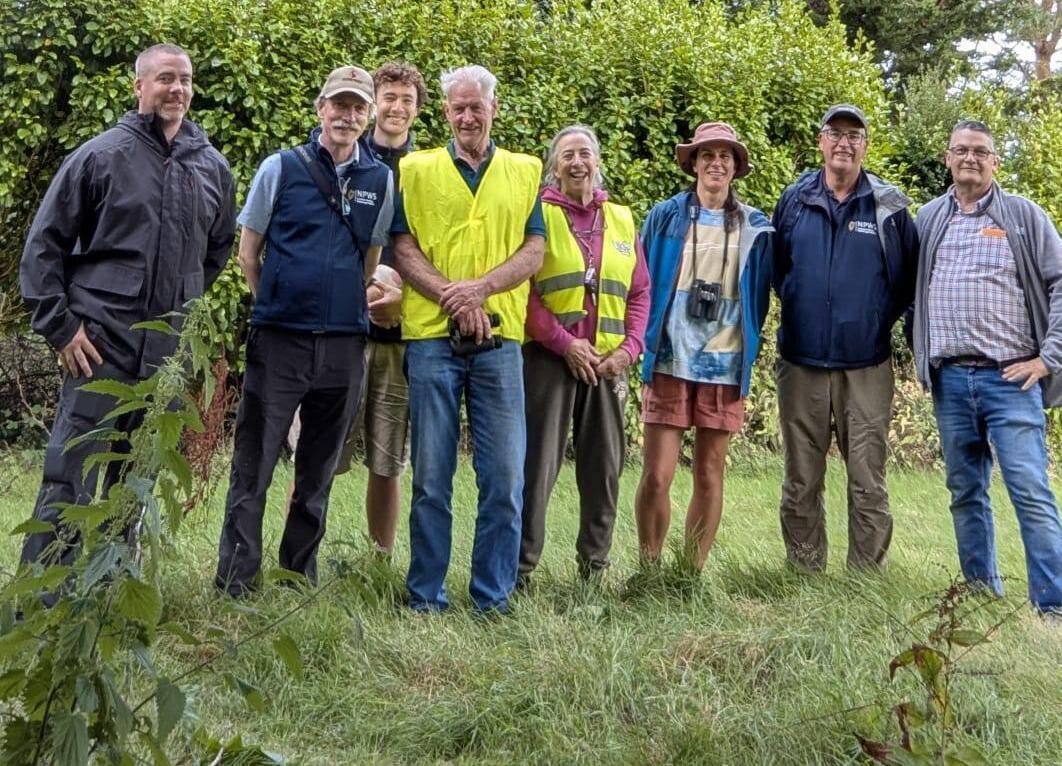
Progress accelerated after the NPWS secured a permit on August 27, allowing the live capture and tagging of hornets using streamers to trace their flight paths. This method, borrowed from proven 'Jersey protocols', led directly to the identification and confirmation of a well-established secondary nest in Cork City.
Asian hornets are believed to have arrived in southwest France from China in 2004 and have now spread throughout much of western Europe. The first sighting was recorded in Jersey in the Channel Islands in autumn 2016, and the first nests were found the following year, making their eradication work invaluable.
In May 2023, the local authority in Cherbourg, France, confirmed the existence of just under 10,000 nests in that area alone.
"This discovery is the result of tireless work by dedicated beekeepers and collaboration across agencies," said Colette O'Connell, IBA spokeswoman and a County Waterford Beekeepers Association member.
"Timing was critical to prevent the release of gynes — future queens capable of establishing new nests next spring," she explained.
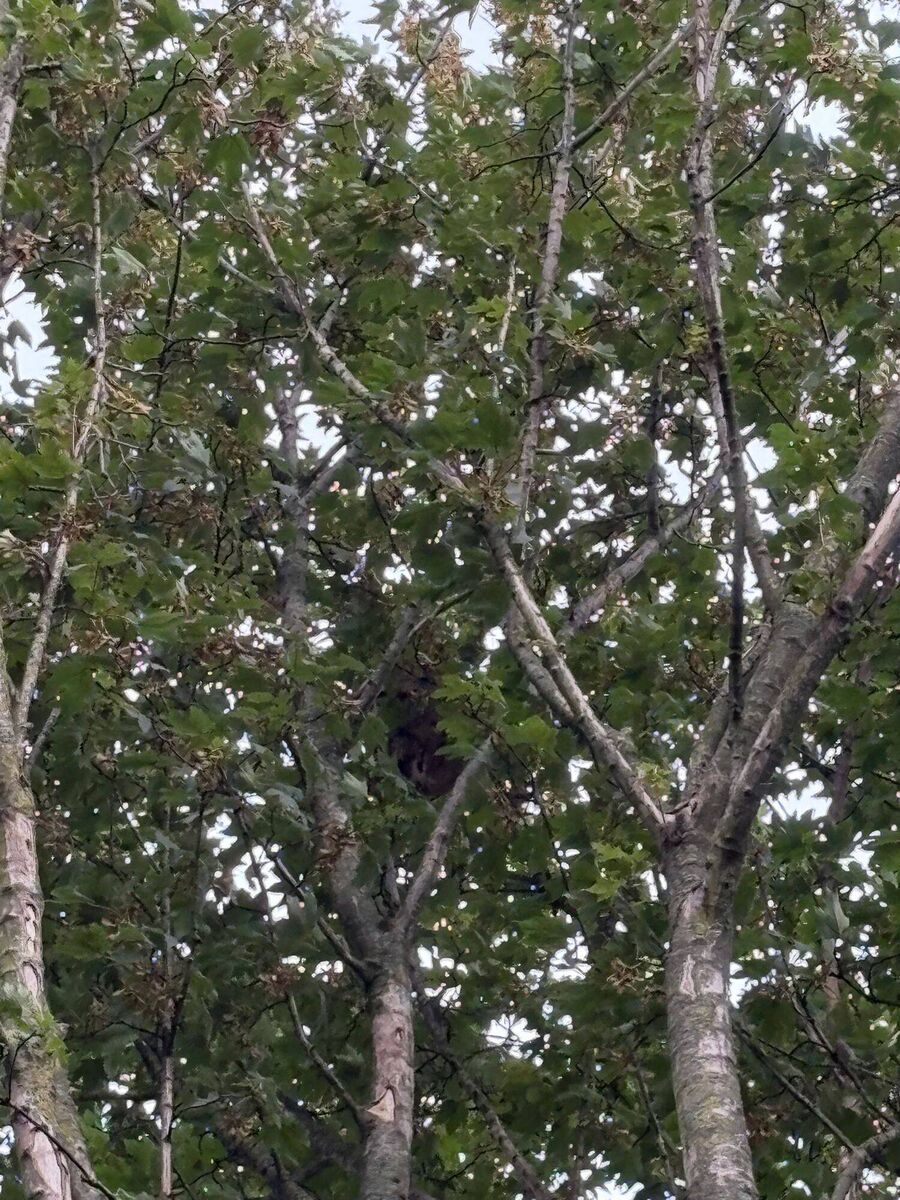
One method they deployed was 'tinsel tracking', a technique that literally involves gluing a long visible strip of tinsel onto a worker hornet to make it easier to track it back to its nest.
Maps and rulers came into play as watchers noted how often the hornets visited, the direction they were flying, and calculated their likely nesting location.
Beekeepers from NIHBS and IBF joined the effort in the final days of the hunt, highlighting the strength of community collaboration. The public also played a key role, submitting sightings and offering support on the ground.
The Douglas Road resident who videoed the hornet in their garden said they were delighted to play their part: "We have a very bee-friendly garden so we wanted to help out the bees and the environment. It was interesting to be part of something so important locally."
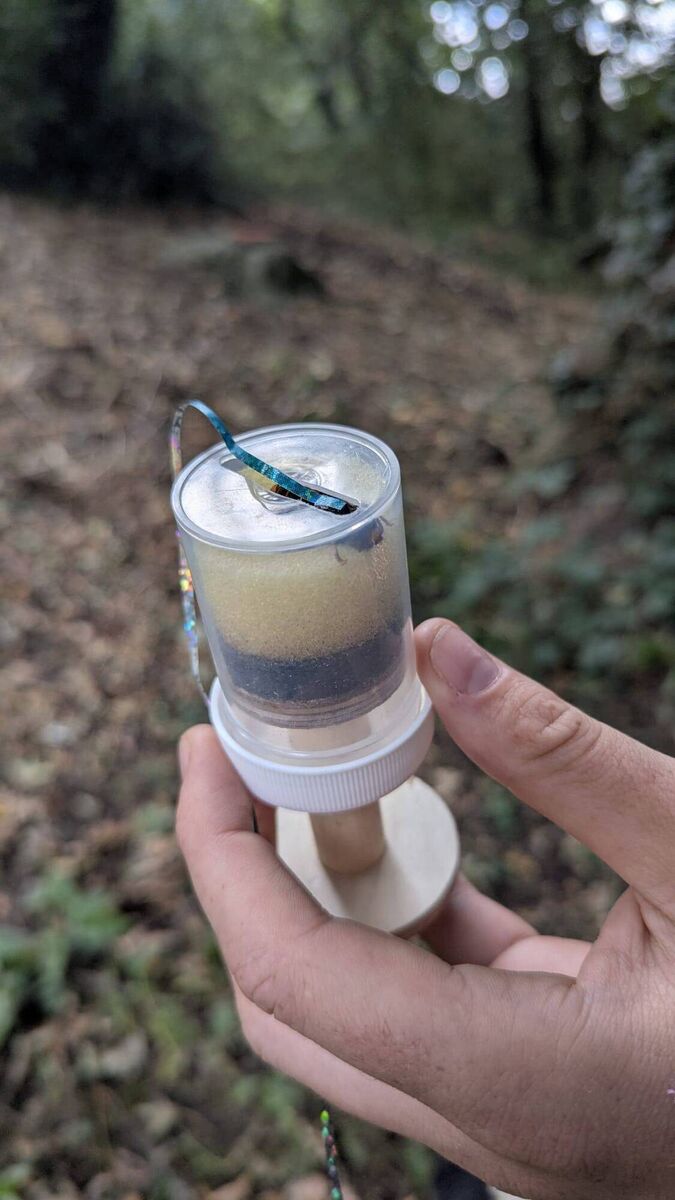
Research revealed hornets' strong preference for the Trappit lure — a bait commonly used in Jersey. The Waterford Beekeepers' Association, anticipating the hornet’s arrival, generously supplied Ireland’s only known stock of Trappit bait for the operation.
The Asian hornet poses a serious threat to native pollinators and biodiversity. The swift and coordinated response in Cork serves as a national model for future sightings and containment efforts, noted Ms O'Connell.
The size of the Asian hornet nest in Cork is a concern and shows how 'under the radar' they can be, she added, noting that it was the arrival of just one mated Asian hornet queen at the port of Bordeaux that was responsible for the spawning of all of north western Europe. Genetic analysis has proven this.
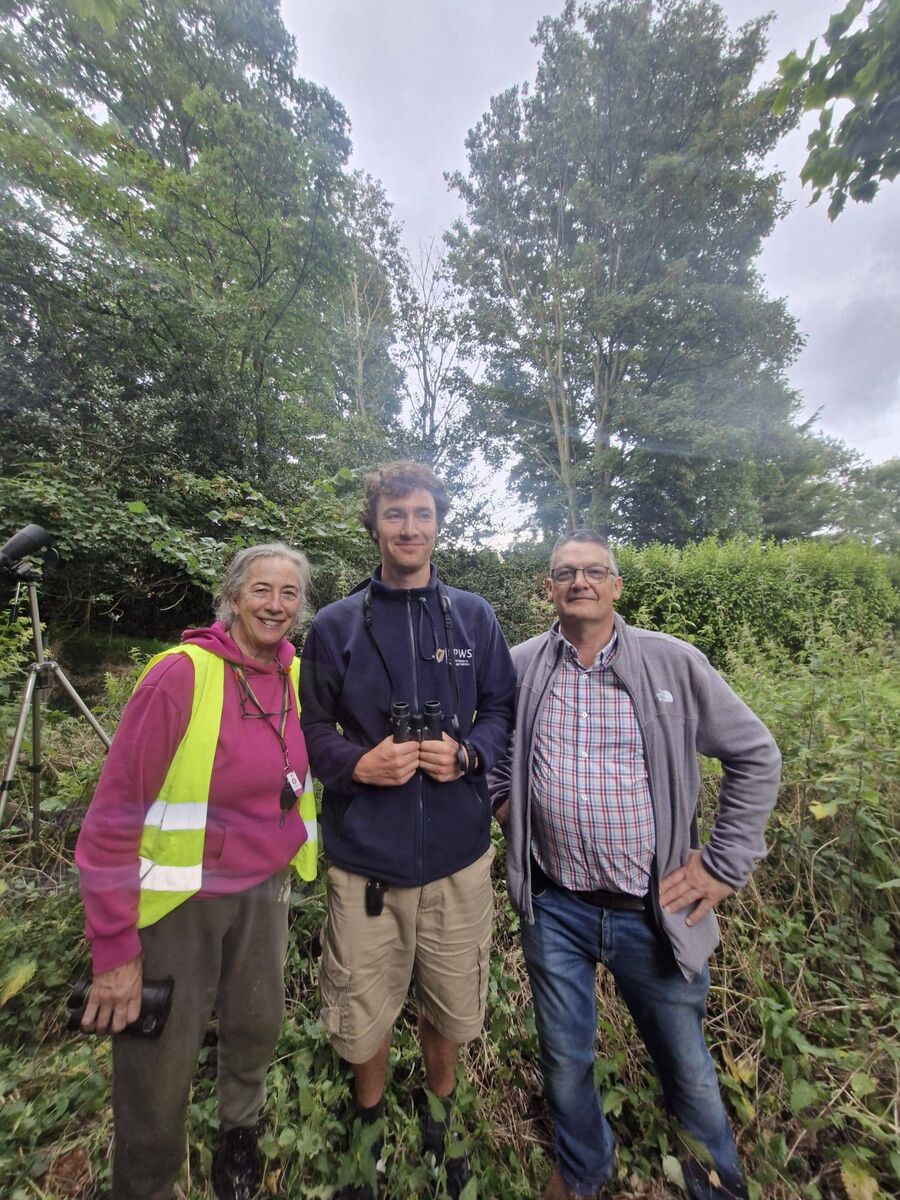
In Jersey, a huge nest was removed using 'Asian hornet hoovers' — battery-powered adapted vacuums. "We cut our way in through dense brambles and thorns and had Asian hornet hoovers — we hoovered them out as they came out to attack us. We also hoovered the ones returning to the nest's single entrance. Then, when we had most of the population, we knocked them out in a container and double bagged the nest before bringing it to a government department to be dissected."
However, the nest in Cork will be destroyed with pesticide.
- Raise awareness in their local associations and among the public.
- Ask members and the public to take photos of any suspected Asian hornets or nests and send them to Invasives.ie.
- Hornet traps are available from some beekeeping supply shops but usually need modification to allow non-hornet insects to escape.
- Do not deploy hornet traps in apiaries or near hives, as they will attract hornets that may then attack bees.
- Check apiaries regularly for hornets. They fly during daylight hours and are less active during the hottest part of the day, often gathering water to cool nests.
- Hornets in Europe have not displayed aggression to humans (behaving more like bumblebees). However, they can become defensive if swatted or if their nests are approached. Members of the public should not attempt to trap or catch hornets. Standard bee suits offer little or no protection, especially against attacks from multiple hornets. Nests can be difficult to spot, often high in trees or hidden in dense vegetation such as blackberry or whitethorn thickets.
- Like wasps, Asian hornets are attracted to sweet food and fermenting fruit. When new queens are produced, hornets forage for protein, including raw fish, meat, and roadkill. Take care when eating, handling, or disposing of such food.
- Stings can be dangerous, particularly on the face and head, and pose a serious risk to those with anaphylaxis. Disturbing a nest can trigger attacks by many hornets, and the sheer number of stings can cause toxic shock. In Galicia, Spain, Asian hornet stings are the leading cause of anaphylactic shock cases in hospital emergency departments.





